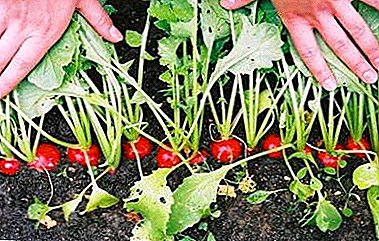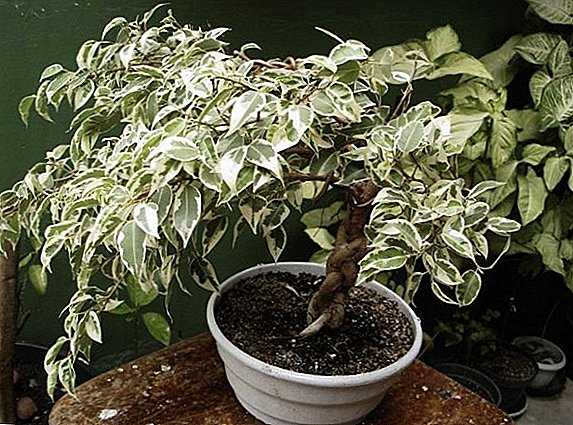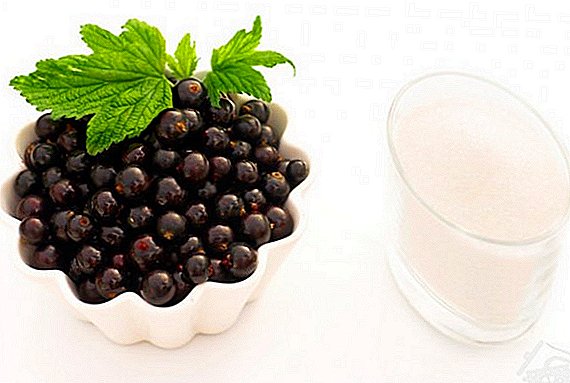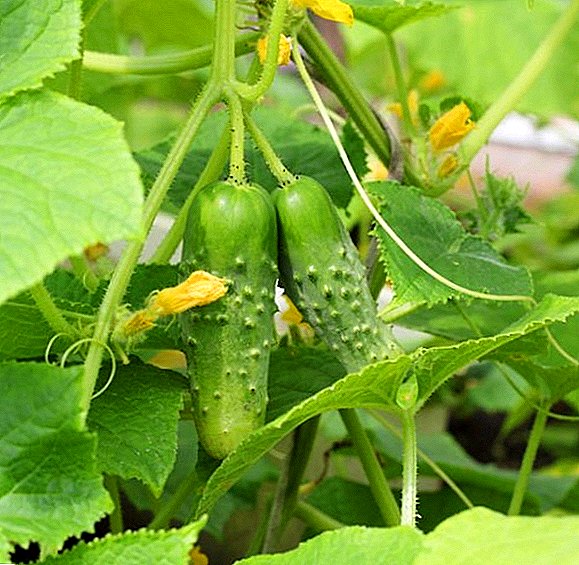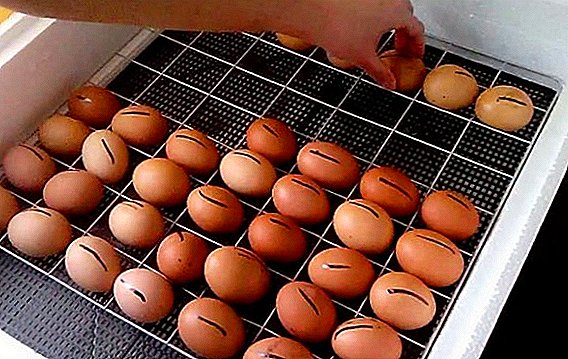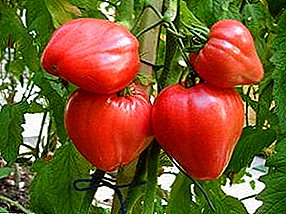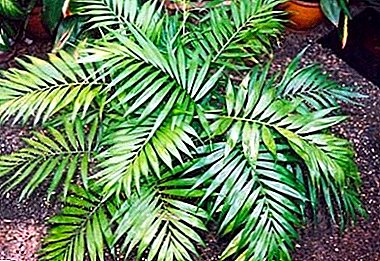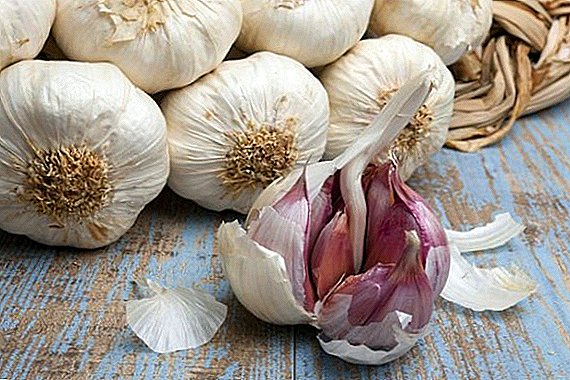
Anise striped - a popular variety among gardeners that has won acclaim due to abundant yield, winter hardiness.
Looking at the photo, you will see that the fruits have attractive color.
Apples have a sour-sweet taste, are used both fresh, and are suitable for drying, cooking compotes, juices, preserves, jams, cider and fruit drink.
What kind is it?
 Fruit in the central and northwestern regions, as well as in the middle and upper Volga region - the winter term of consumption, in the middle part of the Lower Volga region - autumn, and in the south of the Lower Volga region - summer.
Fruit in the central and northwestern regions, as well as in the middle and upper Volga region - the winter term of consumption, in the middle part of the Lower Volga region - autumn, and in the south of the Lower Volga region - summer.
Is famous unpretentiousness to the quality of the soil, good yield, long productive period.
The variety is self-infertile.
For good yields, it is necessary to surround the following varieties: Antonovka, Cinnamon striped, Borovinka.
Description varieties Anis
Description of the appearance of the apple and the fruit itself consider separately.
In young specimens of Anis Striatum (up to 20 years) the crown takes an elongated shape.
Over the next decade, it turns into wide pyramidal.
Then the contour of the tree that continues to grow gradually takes a rounded shape due to the intensive growth of side branches, the development of which is ahead of the growth of central ones.
Strong branches, cracking in adult trees due to congestion with fruits is practically not observed.
Reddish brown shoots. In the future, the color of the branches changes to dark brown.
 The mature fruit has a thin, shiny grayish-green peel, dotted with pinkish-red stripes.
The mature fruit has a thin, shiny grayish-green peel, dotted with pinkish-red stripes.
Veins in some areas of the fruit completely merge, but in general, apple has a pronounced banding.
While the fruits ripen, on their peel is present light bluish bloom.
After removing the apples, he gradually disappears.
The first fruits on young seedlings, provided with good care, large, weighing up to 120 g
With mass preservation of ovaries on 10 year old and older trees, the mass of fruits varies in range 70-80 g
The shape of the apples is round, with a slight ribbing. The stem is small, not protruding from a deep funnel. The saucer is small.
When cutting the fruit can be seen that:
- the flesh is fine-grained,
- color greenish white
- heart wide, bulb,
- closed cameras
- seeds of ripe fruit have a typical brown color.
Breeding history
The variety is considered bred by gardeners. Middle Volga. Known for more than one century.
Well adapted to continental climate and typical frosty winters with deep freezing of the ground.
Growing region
 Mass cultivated in Russian non-chernozem lands and northwestern (Exception Arkhangelsk and Vologda, Oryol territories).
Mass cultivated in Russian non-chernozem lands and northwestern (Exception Arkhangelsk and Vologda, Oryol territories).
In the region Middle Volga is an early winter variety, in areas with a milder climate matures in mid-autumn.
The fruits of trees growing in the southern gardens of the Voronezh region reach ripeness by the end of August, but do not have the characteristic for the grade of a long term storage: removed apples retain consumer appeal no more than a month.
Learn all about the varieties of apple trees Melba, August and Aelita, suitable for planting in all regions of Russia.
Yield
Anise striped productive variety.
Mature trees give up to 794 kg / ha or up to 70-80 kg per tree in one season.
Fruit ripening period from August to Octoberdepends on the region where the tree grows.
Average pickup period is September 8-14.
Active fruiting comes on reaching the tree 6-7 years.
Planting and care
Favorable conditions for obtaining winter hardy specimens with good yields:
Priming: black soil, gray forest soil, formed loams;
The soil: breathable, moisture permeable, with sufficient lime content.
 In order for acquired saplings to take root, you should:
In order for acquired saplings to take root, you should:
eliminate the drying of the measles lobe (before transporting, the seedlings are immersed first in water, and then their root system is isolated by winding a moistened sacking).
Saplings with dried roots is better not to purchase.
The dried-up planting material is reanimated by immersing the root system (three days).
How to plant:
- Dig a planting hole at least 50 cm deep, 1.25 cm wide;
- Fill the pit with the following composition: fertile soil, manure-grape (30 kg), double superphosphate (up to 500 g), potassium chloride (100 g), ash (1 kg);
- Ensure the location of the root neck of the seedling above the ground.
Watch a video on how to prepare the pit and how to plant an apple tree seedling.
What should be care to get the desired crop:
- Sufficient watering.
- Obligatory loosening of the soil on heavy soils prone to caking.
- Periodic light liming of the site.
- In the winter, the protection of trunks from gnawing hares.
Diseases and pests
 Diseases: scab, mealy dew.
Diseases: scab, mealy dew.
Methods of struggle: timely preventive spraying chemicals (5% urea solution or 1% Bordeaux liquid), systematic root and leaf top dressing, crown thinning in early spring.
Apple pests and ways to fight:
Aphid (obligatory whitewashing of the trunks in early spring, treatment with nitrofen, spraying of fungicide plants with infusions at intervals of two weeks).
Sheet wrench (spraying nitrofenom, water extract of tobacco leaves).
Fruit eater (spraying decoction of wormwood, destruction of fallen leaves, digging the soil in the spring and autumn, trap belts).
Although the fruit of Anis is striped and small, but their small mass is compensated by the number of ripe apples in one crop. Delicious, they are suitable for any type of culinary processing.
Thanks easy maintenance, excellent winter hardinessThe striped anise is a reliable option for all gardeners who wish to remain annually with the apple crop, despite the weather conditions of the warm period of the year and the severity of the national winters.


